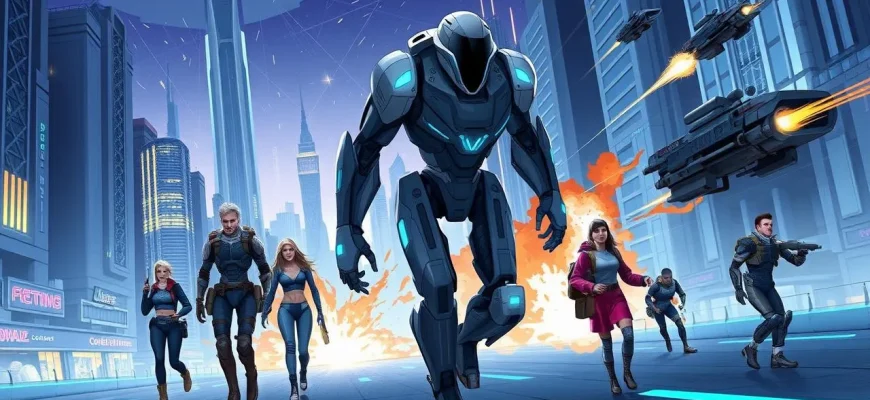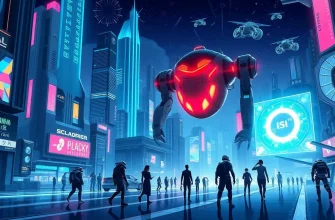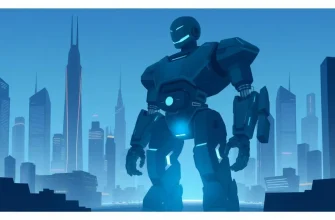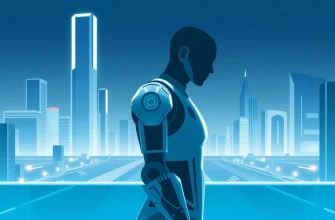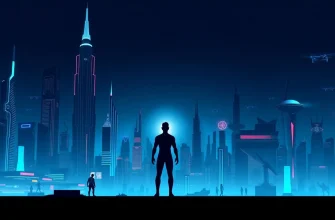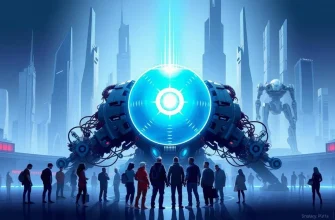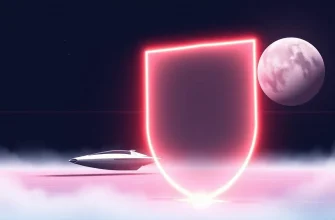Exoskeletons have long captured the imagination of sci-fi fans, offering a blend of human enhancement and futuristic warfare. This curated list dives into the heart of this fascinating technology, showcasing films where exoskeletons play a pivotal role in the narrative. From action-packed blockbusters to thought-provoking dramas, these movies not only entertain but also explore themes of human augmentation, military might, and the ethical implications of such advancements. Whether you're a tech enthusiast or simply love a good sci-fi yarn, this collection promises to deliver both adrenaline and food for thought.

Aliens (1986)
Description: The power loader scene where Ripley uses an exoskeleton to fight the alien queen is one of the most iconic moments in sci-fi cinema, highlighting the potential of exoskeletons in combat scenarios.
Fact: The power loader was designed by James Cameron, who also directed the film. The suit was built to be functional, allowing actress Sigourney Weaver to operate it during filming.
 Watch Now
Watch Now 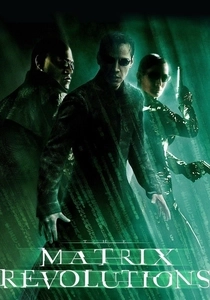
The Matrix Revolutions (2003)
Description: The APU (Armored Personnel Unit) suits used by the human resistance against the machines are a form of exoskeleton, providing enhanced strength and protection.
Fact: The APU suits were designed to be both visually striking and functional within the film's universe. The Wachowskis, the directors, were heavily influenced by anime and mecha designs.
 Watch Now
Watch Now 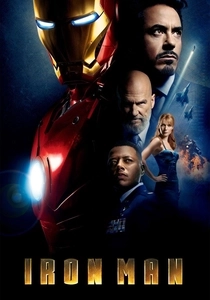
Iron Man (2008)
Description: Tony Stark's iconic suit is essentially an advanced exoskeleton, providing superhuman strength and flight capabilities. This film kickstarted the Marvel Cinematic Universe with its focus on technology and heroism.
Fact: The Iron Man suit was designed by the legendary comic book artist Adi Granov. The film's success led to the creation of the Marvel Cinematic Universe, changing the landscape of superhero cinema.
 Watch Now
Watch Now 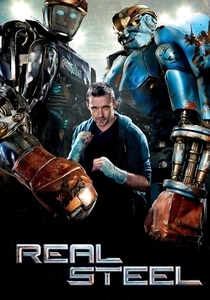
Real Steel (2011)
Description: While focused on robots, the film features exoskeleton-like technology used by human operators to control the robots in the ring, showcasing the interface between human and machine.
Fact: The film was inspired by the short story "Steel" by Richard Matheson. The robots were designed to be both visually appealing and realistic in their movements, with motion capture technology used extensively.
 Watch Now
Watch Now 
Alita: Battle Angel (2019)
Description: Alita's cyborg body, while not an exoskeleton in the traditional sense, functions similarly, enhancing her physical abilities far beyond human limits.
Fact: The film is based on the manga "Gunnm" by Yukito Kishiro. The character of Alita was brought to life using a combination of CGI and motion capture, with actress Rosa Salazar's performance being digitally enhanced.
 Watch Now
Watch Now Avatar (2009)
Description: In James Cameron's epic, humans use AMP (Amplified Mobility Platform) suits to navigate the alien world of Pandora. These exoskeletons are crucial for military operations and exploration, showcasing their versatility.
Fact: The AMP suits were designed to be as realistic as possible, with motion capture technology used to create their movements. The film's production took over four years due to the complexity of the visual effects.
 Watch Now
Watch Now 
The Ghost in the Shell (2017)
Description: The film explores cybernetic enhancements, with characters like Major Motoko Kusanagi using advanced exoskeleton-like bodies to perform superhuman feats.
Fact: The film is a live-action adaptation of the famous manga and anime of the same name. The character designs were influenced by the original work, with a focus on blending human and machine elements seamlessly.
 Watch Now
Watch Now 
Elysium (2013)
Description: In this dystopian future, exoskeletons are used for both military and medical purposes, with Matt Damon's character using one to gain superhuman strength to infiltrate the space station Elysium.
Fact: The exoskeleton suit was designed to look both futuristic and practical, with real-world exoskeleton technology influencing its design. The film explores themes of class disparity and healthcare.
 Watch Now
Watch Now 
Edge of Tomorrow (2014)
Description: Tom Cruise stars as a soldier caught in a time loop, using an exoskeleton suit to fight alien invaders. The film's unique blend of time travel and exoskeleton warfare makes it a standout in this genre.
Fact: The film was inspired by the Japanese novel "All You Need Is Kill" by Hiroshi Sakurazaka. The exoskeleton suits were designed to be both functional and visually appealing, with real-life military consultants involved in their design.
 Watch Now
Watch Now 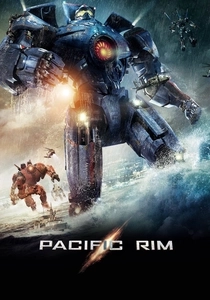
Pacific Rim (2013)
Description: While not traditional exoskeletons, the Jaegers are giant mechs controlled by pilots in neural-linked suits, effectively making them a form of exoskeleton for the pilots.
Fact: The film's director, Guillermo del Toro, is known for his love of giant robots, which heavily influenced the design and concept of the Jaegers. The film features a mix of practical effects and CGI to bring these massive machines to life.
 Watch Now
Watch Now 
